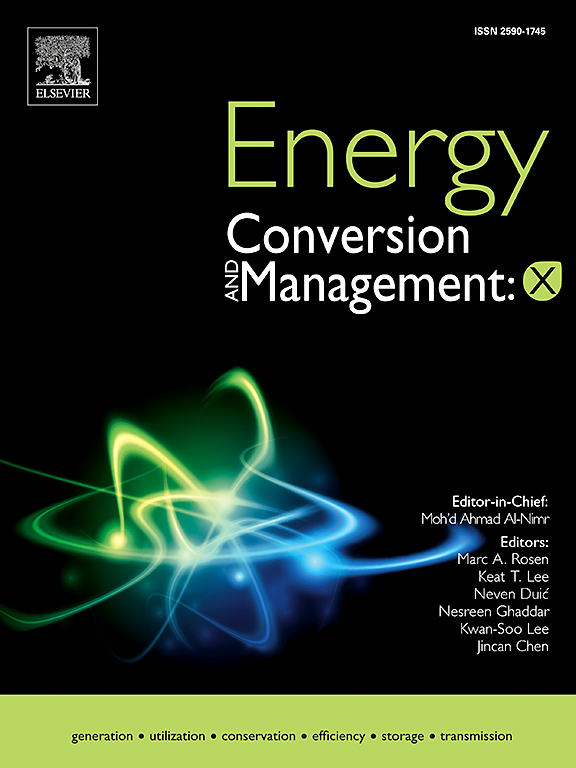为混合动力电动汽车减少扭矩波纹并增加单位体积扭矩
IF 7.1
Q1 ENERGY & FUELS
引用次数: 0
摘要
混合动力汽车(HEV)在设计时应确保扭矩平稳。因为扭矩波纹不仅会降低控制精度,还会增加元件振动,从而导致噪音、机械不稳定和零件早期老化。此外,应最大限度地提高单位体积的扭矩,并在不削弱扭矩的情况下实现散热。建议根据热量因素确定体积和内部尺寸,并使单位体积扭矩最大化。上述应用忽略了散热,因此体积不变。因此,混合动力车的制造有两个目标函数:最小波动或最大平均扭矩。本文采用串联混合励磁同步机(SHESM)作为 HEV。基于二维(2-D)模型,采用 MOEA/D、NSGA II、PESA II 和 SPEA II 算法解决了双目标优化问题。优化结构的性能指标通过二维模型进行了评估,并通过数值方法进行了确认。本文章由计算机程序翻译,如有差异,请以英文原文为准。
Torque ripple reduction and increasing of torque per volume for hybrid electrical vehicle
Hybrid electrical vehicles (HEV) should be designed somehow torque is smooth. Because torque ripple not only reduces control precision but also increases elements vibration that causes acoustic noise, mechanical instability and early aging parts. Furthermore, torque per volume should be maximized and heat removal should be accomplished without torque weakening. It is proposed the volume and internal dimensions are determined due to the thermal considerations and maximize torque per volume. The mentioned application is neglected heat removal so volume is constant. Therefore, HEV is manufactured by two objective functions: either minimum fluctuations or maximum average torque. In this paper series hybrid excitation synchronous machine (SHESM) is utilized as HEV. Two-objective optimization problems are solved by MOEA/D, NSGA II, PESA II and SPEA II algorithms based on a two-dimensional (2-D) model. The performance indices of optimal structure are evaluated by 2-D and confirmed by numerical method.
求助全文
通过发布文献求助,成功后即可免费获取论文全文。
去求助
来源期刊

Energy Conversion and Management-X
Multiple-
CiteScore
8.80
自引率
3.20%
发文量
180
审稿时长
58 days
期刊介绍:
Energy Conversion and Management: X is the open access extension of the reputable journal Energy Conversion and Management, serving as a platform for interdisciplinary research on a wide array of critical energy subjects. The journal is dedicated to publishing original contributions and in-depth technical review articles that present groundbreaking research on topics spanning energy generation, utilization, conversion, storage, transmission, conservation, management, and sustainability.
The scope of Energy Conversion and Management: X encompasses various forms of energy, including mechanical, thermal, nuclear, chemical, electromagnetic, magnetic, and electric energy. It addresses all known energy resources, highlighting both conventional sources like fossil fuels and nuclear power, as well as renewable resources such as solar, biomass, hydro, wind, geothermal, and ocean energy.
 求助内容:
求助内容: 应助结果提醒方式:
应助结果提醒方式:


